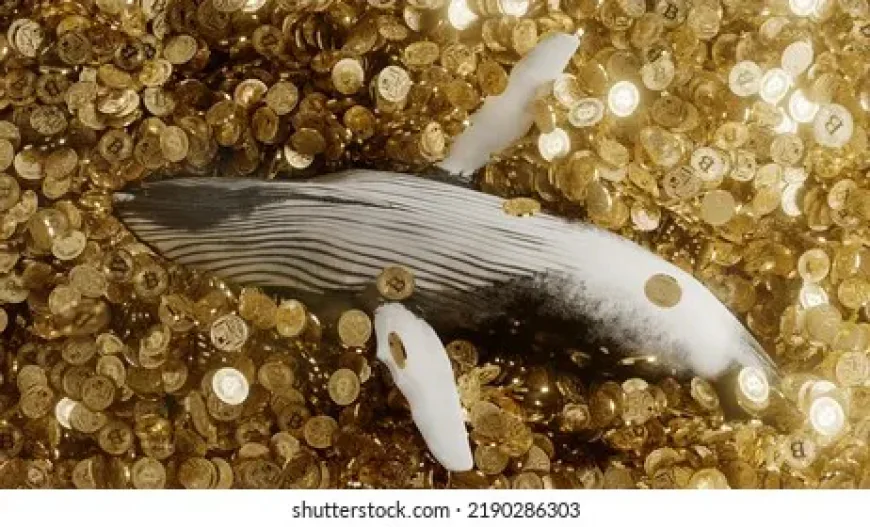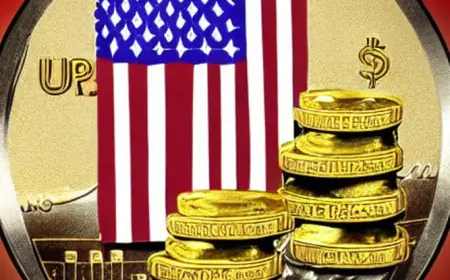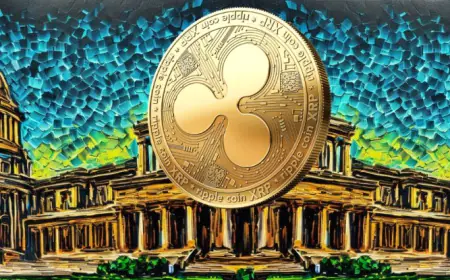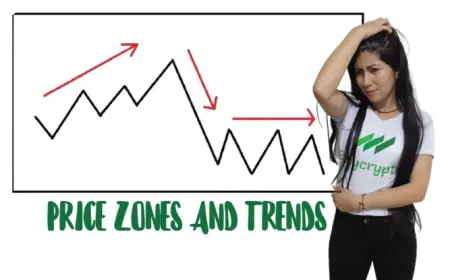Bitcoin Whale: Defined and Explained
Bitcoin whales hold significant amounts of BTC, influencing prices with their trades. Learn what defines a whale, why they matter, and who the top holders are.

In the volatile world of cryptocurrencies, few phenomena stir the market like the movement of a Bitcoin whale. The term “whale” is frequently used to describe those who hold massive amounts of a specific asset, and in the case of Bitcoin (BTC), these individuals or entities can hold sway over prices with a single transaction.
As digital assets grow in popularity and adoption, understanding the influence of Bitcoin whales becomes crucial for investors, analysts, and crypto enthusiasts alike. This article defines what a Bitcoin whale is, explores how their activity impacts the market, and reveals the top known holders in the crypto space.
What Is a Bitcoin Whale?
A Bitcoin whale is a term used to describe an individual or institution that holds a large quantity of Bitcoin in a single wallet or through multiple wallets. Although definitions vary slightly, most experts agree that owning at least 100 BTC qualifies someone as a whale.
Since Bitcoin operates on a public, decentralized ledger known as the blockchain, it's possible to see wallet balances and track movements, though the identities behind those wallets often remain anonymous.
As of May 2022:
-
Bitcoin had a market cap of nearly $609 billion.
-
Holding 100 BTC equated to approximately $3.2 million.
-
A single whale can cause short-term volatility due to the scale of their buy or sell transactions.
Whale Watching in Crypto
The practice of tracking large Bitcoin transactions is called "whale watching." While Bitcoin ownership has become more distributed over time, a significant portion of the total supply remains concentrated in the hands of a few.
A 2021 study by the National Bureau of Economic Research found that approximately 10,000 investors globally control one-third of all Bitcoins. This level of concentration raises questions about decentralization and prompts traders to keep a close eye on whale wallets.
Why does this matter? Because large transactions can:
-
Affect liquidity on exchanges
-
Trigger price movements through sudden supply or demand shifts
-
Influence market sentiment and fear/greed indexes
How Whales Influence Bitcoin Prices
Bitcoin, like other cryptocurrencies, is traded on exchanges through an open market system. The prices are largely determined by supply and demand. Here’s how whales can affect this balance:
1. Buying in Bulk
When whales buy large amounts of BTC, they reduce the circulating supply available on exchanges. This scarcity can drive prices higher, especially if it triggers fear of missing out (FOMO) among smaller investors.
2. Selling Large Volumes
On the flip side, if a whale dumps a significant portion of their holdings, the influx of supply can depress the price, sometimes rapidly. Even the fear of a whale selling can cause panic sell-offs.
3. Market Manipulation Risks
While not all whale activity is manipulative, the sheer size of their positions means they can move markets intentionally or unintentionally. For example, a large sell order might be placed to drive prices down before rebuying cheaper—a tactic known as "spoofing."
Known Bitcoin Whales and Influencers
Due to blockchain transparency, anyone can view the largest wallets. However, the identities behind them are mostly unknown. Some of the most influential figures and entities believed to be whales include:
-
Satoshi Nakamoto: The mysterious creator of Bitcoin. Estimated to hold over 1 million BTC across many wallets.
-
MicroStrategy: A publicly traded company led by Michael Saylor, known for aggressively buying and holding Bitcoin.
-
Coinbase Global: One of the largest crypto exchanges; its co-founder and CEO Brian Armstrong is a known crypto advocate.
-
Sam Bankman-Fried: Founder of FTX exchange (now defunct), formerly a major player in Bitcoin markets.
-
Tesla and Elon Musk: While Tesla has declared BTC holdings, Musk’s tweets alone have the power to shift Bitcoin prices.
Top Five Bitcoin Wallets (as of May 31, 2022)
| Wallet Address | Bitcoins Held | Approx. Value (USD) | % of Total BTC Supply |
|---|---|---|---|
| 34xp4vRoCGJym3xR7yCVPFHoCNxv4Twseo | 252,597 | $8.08 billion | 1.33% |
| bc1qgdjqv0av3q56jvd82tkdjpy7gdp9ut8tlqmgrpmv24sq90ecnvqqjwvw97 | 168,010 | $5.37 billion | 0.88% |
| 1P5ZEDWTKTFGxQjZphgWPQUpe554WKDfHQ | 127,874 | $4.09 billion | 0.67% |
| 3LYJfcfHPXYJreMsASk2jkn69LWEYKzexb | 116,601 | $3.73 billion | 0.61% |
| bc1qazcm763858nkj2dj986etajv6wquslv8uxwczt | N/A | N/A | N/A |
Note: Wallets listed are tracked by blockchain analytics platforms and subject to fluctuations in BTC prices.
Why Understanding Bitcoin Whales Matters
For retail investors and traders, whale behavior provides important signals. By monitoring whale transactions, one can:
-
Anticipate short-term price movements
-
Adjust trading strategies accordingly
-
Gain insight into overall market sentiment
Crypto markets are still maturing, and as such, the influence of a few large players remains disproportionate. Regulators, exchanges, and decentralized finance protocols are continually developing tools to increase transparency and limit unfair manipulation.
Final Thoughts
Bitcoin whales play a complex but vital role in the crypto ecosystem. Their ability to impact price movements makes them a focal point of both curiosity and concern. While their presence underscores Bitcoin’s early distribution imbalances, it also reflects the maturation of the crypto landscape as ownership becomes increasingly democratized.
For those navigating the world of crypto, staying informed about whale activity is not just a curiosity—it’s a strategy.
What's Your Reaction?
 Like
0
Like
0
 Dislike
0
Dislike
0
 Love
0
Love
0
 Funny
0
Funny
0
 Angry
0
Angry
0
 Sad
0
Sad
0
 Wow
0
Wow
0




































